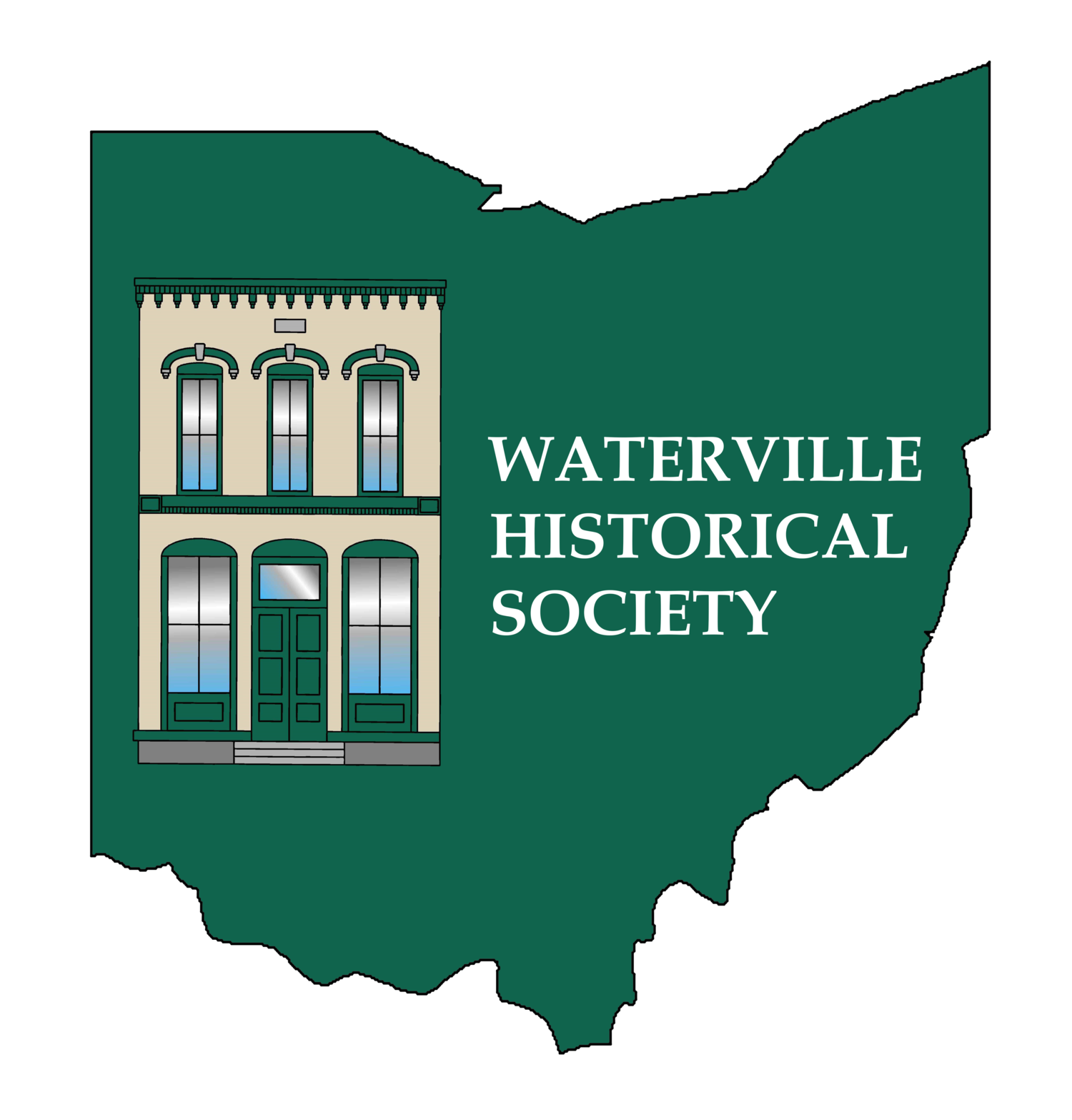W.W. Farnsworth Orchardist, Senator, Preservationist
Do you enjoy visiting the Farnsworth Metropark or perhaps you live in a part of Waterville that was once the Farnsworth Fruit Farm? Watson Wales Farnsworth, a native and lifelong resident of Waterville and the grandson of Watervilleʼs founder, John Pray, played an important part in each historical event. “W. W.” as he was known, was born November 21st, 1855, and died from cancer and pneumonia on January 13, 1939. He married Anna Norton on June 15, 1881, and together they had two children, Ruth E. (Mrs. William E. Young) and Frank Norton.
After Anna Nortonʼs death in 1908, W.W. married Adelaide A. Counter, the daughter of a fruit raiser, city forester and city councilman of Toledo on October 4, 1911. As farmers, scientific fruit growers, and good citizens, the Farnsworths and their orchards attracted sightseers and those interested in horticulture from all sections of the country, some coming exclusively to northwest Ohio to see W. W.ʼs property. His fruit business deserved to rank along with the leading manufacturing industries of the nearby City of Toledo. As a teacher and lecturer on horticultural subjects, W. W. was an authority and elevated the industry throughout the United States. He worked on his father’s farm until the age of twenty-one when he bought the original ten acres of land on the western edge of Waterville where he first engaged in fruit cultivation. In 1908 he became one of the organizers and then president of the Rex Spray Company of Toledo, a firm designed to produce sprays for fruit trees and farms. In 1926, when he turned his holdings over to his children and grandchildren, he owned 500 acres, more land than any other person in the district.
In 1912 Watson Wales Farnsworth was a delegate from Lucas County to the Fourth Ohio Constitutional Convention. In 1922, he was elected to the Ohio Senate, 85th General Assembly, and in 1924 was re-elected to serve in the 86th General Assembly as Senator from Lucas County, the 34th District. This service was interrupted in 1926 by defeat for Lt. Governor, but he served as a State Senator again from 1929 to 1933. He authored legislation permitting canal lands to become the Anthony Wayne Trail, and for municipal park systems in Ohio to be separate tax supported entities. He built the park system of Lucas County, Ohio, 1,200 acres of which took in the old Miami and Erie Canal. The park, named after W. W., contains many historic spots, the sites of old battlegrounds and places of historic value. He was the first executive-secretary of the Toledo Metropolitan Park Board.
Farnsworth Road, and Farnsworth Metropark in Waterville are named for “W. W.” who was a lifelong member of local Masonic Order and United Methodist Church serving 50 years as Sunday School Superintendent. He was a delegate to the Republican Convention in 1928 and selected by President Wilson in 1917 to serve on selective service appeals board. In his lifetime, W. W. served in many public and semi-public capacities, at one time being a member of the Waterville Board of Education.
W. W. Farnsworth did much to improve the conditions existing among farmers and orchardists, and earned high standing in every quarter in which he was known. He was kind, generous, fair, and considerate, whether in business or in the affairs of every day human relationships.
